Here's What's in Season in February with a February produce guide you can use as a quick reference guide when you visit your favorite Farmers Market!

Jump to:
It's February and the winter months are in full swing! Here in the United States, we have Valentine's Day and the Super Bowl this month. Both are prime opportunities to cook up some seasonal food! And enjoying seasonal ingredients in the colder months is a great way to support your immune system with foods high in antioxidants, zinc, and vitamin C. There's no shortage of fresh produce to help you with your goals including plenty of root vegetables like sweet potatoes and carrots, leafy greens, celery root, and fresh herbs!
We are in late winter and cold weather is here. Fight the winter blues with cozy, nostalgic recipes like a Sunday roast, hearty soups, stews, pasta dishes, and casseroles. These kinds of nutrient-rich recipes are a great option to serve for cooler months. If you don't have a favorite market, here is a guide to Farmers' Markets in Austin.
Shopping in-season produce is a delicious way to support local farmers, the environment, and your health. Plus, it gives you a chance to try new and different seasonal recipes using seasonal food which vary depending on the time of year. While some produce is available year-round, many nutritious and tasty fruits and vegetables and other winter crops are at peak season in February.
As a dietitian, I love visiting the farmers market and getting intel from local farmers as to what's been harvested that week. This handy guide is great to bring to the market or grocery store with you!

Health Benefits of Seasonal Eating
Eating in-season fruits and vegetables where you live often means eating them right after they are harvested or picked. This allows them to ripen naturally on the plant until they are ready to eat which ensures peak flavor and nutrition. Freshly harvested fruits and vegetables are higher in vitamins, minerals, and antioxidants than those that have been transported or sitting on a grocery store shelf for a long time.
Seasonal food ensures you will get a variety of fresh fruits and vegetables! Each month brings new options that contain different vitamins and minerals and gives you nutritional diversity throughout the year.
If you live in a place without access to seasonal produce, getting the nourishment you need comes first. Eating frozen or canned fruits and vegetables are a great way to add nutrition to your daily intake, too!

Benefits of Seasonal Eating on the Local Economy
Purchasing local food like fresh produce at peak season from your local farmers' market is a great way to support local farmers and food producers in your area. It also supports the local economy where you live! The money spent there is invested in other small businesses in the community.
Your best bet for seasonal eating is to shop at local farmers' markets. It will vary depending on the weather and environment where you live.

Environmental Benefits of Eating Seasonally
By eating seasonal fruit and veggies, you can decrease your carbon footprint. This is because the transportation process to get produce around the globe uses all different kind of vehicles from shipping trucks to boats. There is a large amount of gas and carbon emissions in the process of the transportation of food.
So without further ado, here is a list of What's in Season in February
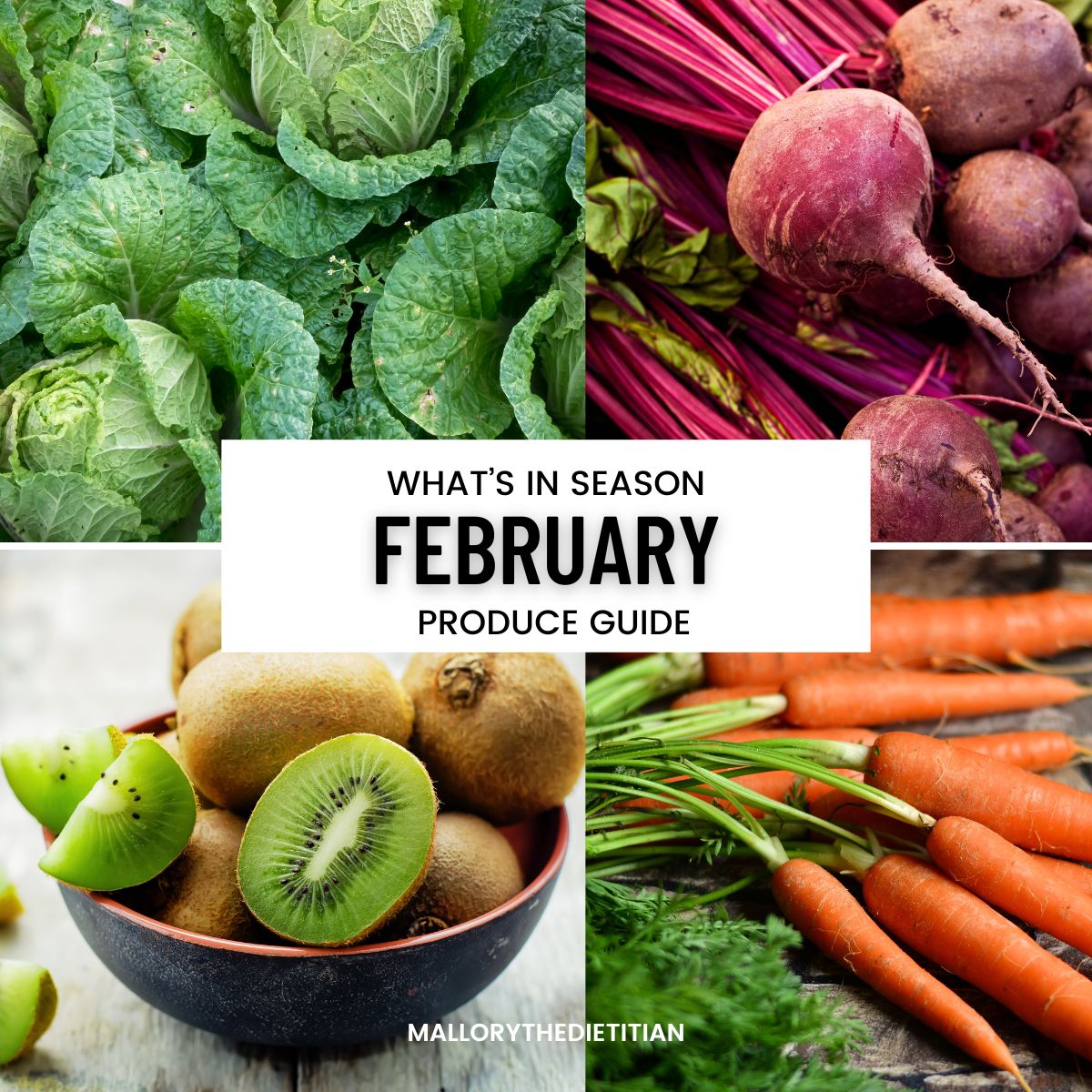
What's in Season in Texas in February
From winter veggies like dark green leaves and salad greens to delicious fruits like pomegranates and kiwi. There are plenty of flavors to add to your February menu! Here is your February Produce Guide:
- Arugula
- Basil
- Beets
- Bok Choy
- Brussels Sprouts
- Broccoli
- Cabbage
- Carrots
- Cauliflower
- Celery
- Chard
- Cilantro
- Citrus
- Collard Greens
- Daikon
- Dill
- Fennel bulbs
- Guavas
- Japanese Cucumbers
- Kale
- Kiwis
- Kohlrabi
- Lettuce
- Mint
- Mushrooms
- Mustard Greens
- Olives
- Onions
- Oregano
- Parsley
- Parsnips
- Pomegranates
- Purple Sweet Potatoes
- Radishes
- Rhubarb
- Rosemary
- Rutabagas
- Shallots
- Squash (winter squash)
- Spinach
- Starfruits
- Sunchokes
- Sweet Potatoes
- Turnips
Seasonal Recipes for February
February is a good time to visit the local markets because it's growing season for so many options to create a healthy meal with hearty vegetables and winter fruits! Whether you are hosting an event or are looking for tasty recipes that make a great addition to your weekly routine, I hope you enjoy these recipe ideas!
Ground Chicken Stir Fry
This Ground Chicken Stir Fry is an easy healthy dinner that comes together in less than 30 minutes - perfect for busy weeknights! This recipe uses ground chicken because it's a super budget-friendly high-quality protein. This recipe has seasonal vegetables including broccoli and carrots! I hope you enjoy it as much as I do. 😊
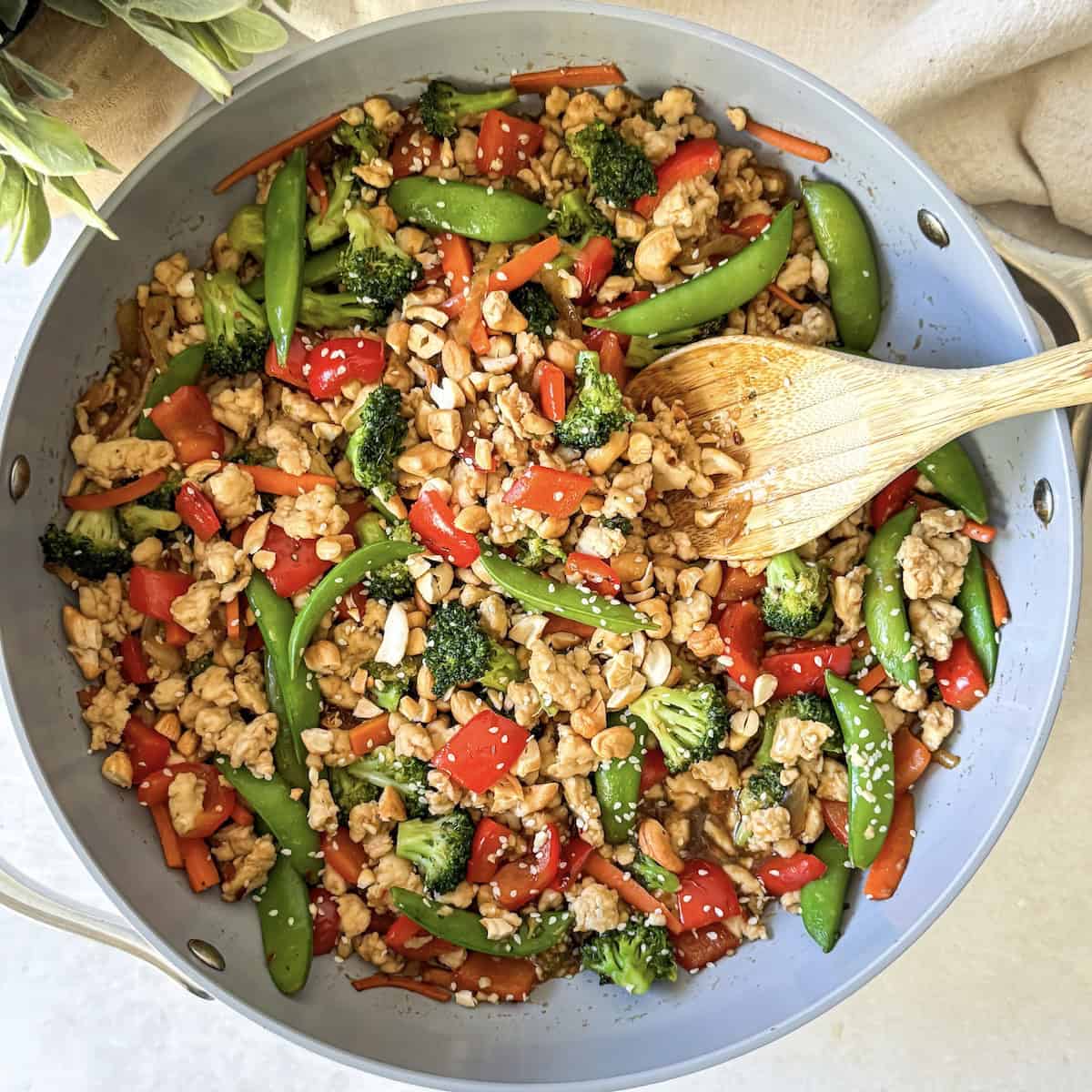
Dietitian Tip: This recipe provides high-quality protein from the chicken which also provides important nutrients like vitamin B12 and iron. The large variety of vegetables in this recipe provide several different nutrients including dietary fiber for gut health, antioxidants, vitamins K, C, A, and D. And the extra-virgin olive oil that the stir fry is cooked in provides heart-healthy fats that also support brain health and hormone health.
Grab the recipe for Ground Chicken Stir Fry!
Roasted Cauliflower White Bean Soup
This Roasted Cauliflower White Bean Soup is truly one of my favorites to keep on heavy rotation during soup season! Not only does it taste incredible with the caramelized cauliflower and creamy white beans - it's also so easy to make and loaded with nutrition. True comfort food!

Dietitian Tip: One of the easiest ways to ensure you'll eat your vegetables is to use them in a recipe like this one! Roasting the vegetables on a sheet-pan gives the soup so much extra flavor and the cauliflower almost caramelizes in the oven. The addition of white beans in this soup makes it extra creamy and eliminates the need for heavy creams and butter which tend to be high in saturated fats by replacing them with an ingredient high in dietary fiber and plant protein.
Grab the recipe for Cauliflower Soup with White Beans
Egg Roll in a Bowl
This Lean & Green Egg Roll in a Bowl is such an easy recipe! It has all the delicious flavor of a classic egg roll, and is a nutrient-rich meal that the whole family will love ready in 30 minutes. Lean ground turkey, crisp veggies, fresh ginger, and authentic Chinese spices are all mixed with a quick sauce.
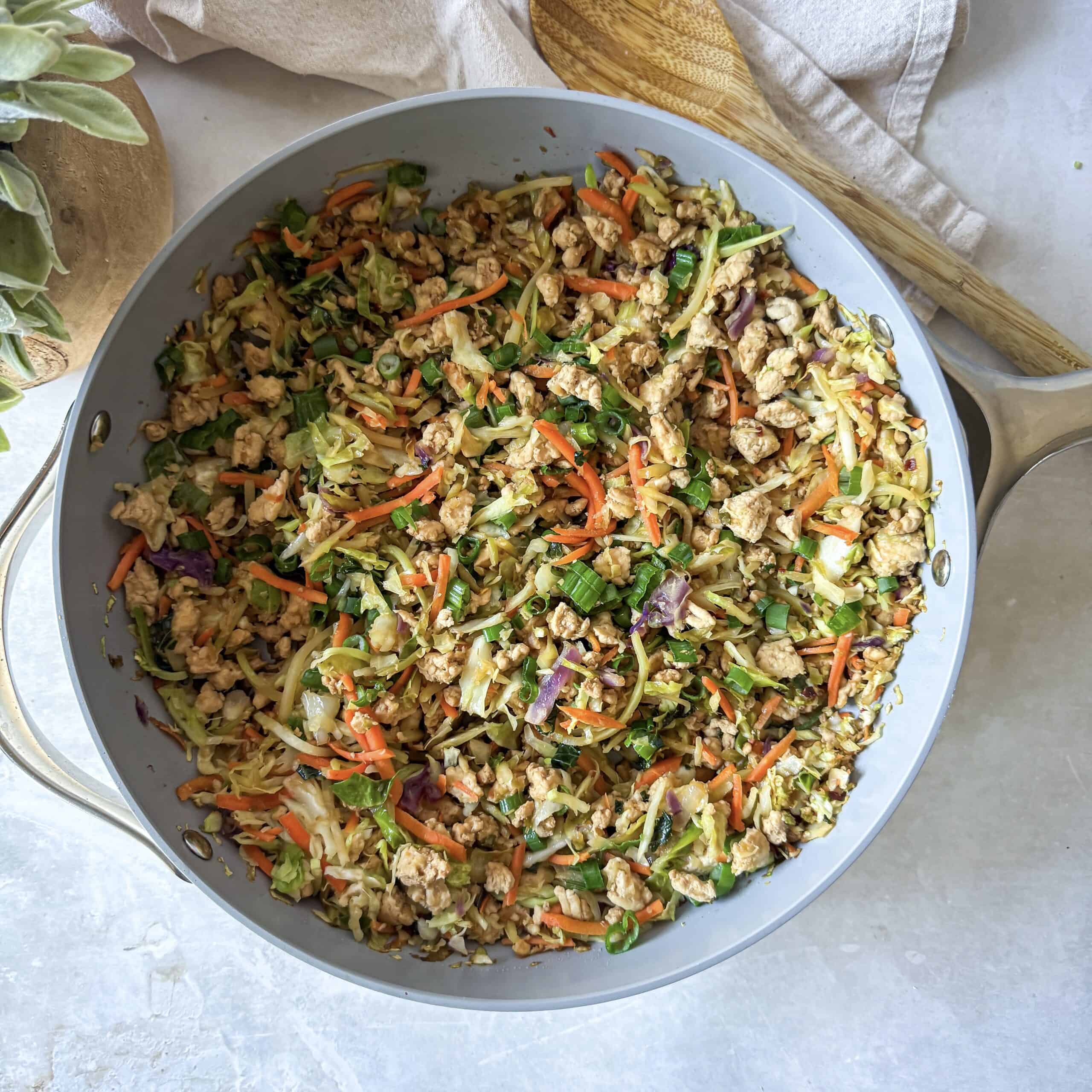
Dietitian Tip: This recipe contains lean protein from the turkey, healthy fats from the extra-virgin olive oil, and dietary fiber to support gut health. It also contains several vitamins and nutrients including vitamin C, vitamin A, potassium, and antioxidants for brain health. It is a low-carb, high-protein meal so I suggest pairing it with a whole grain like brown rice!
Grab the recipe for Egg Roll in a Bowl!
Kale and White Bean Salad
This Kale and White Bean Salad is full of flavor and texture! It's honestly my new favorite salad because it tastes SO good and it provides healthy fats, dietary fiber, and antioxidants. It's the best kale salad to make for a quick lunch or side dish and I hope you enjoy it as much as I do!
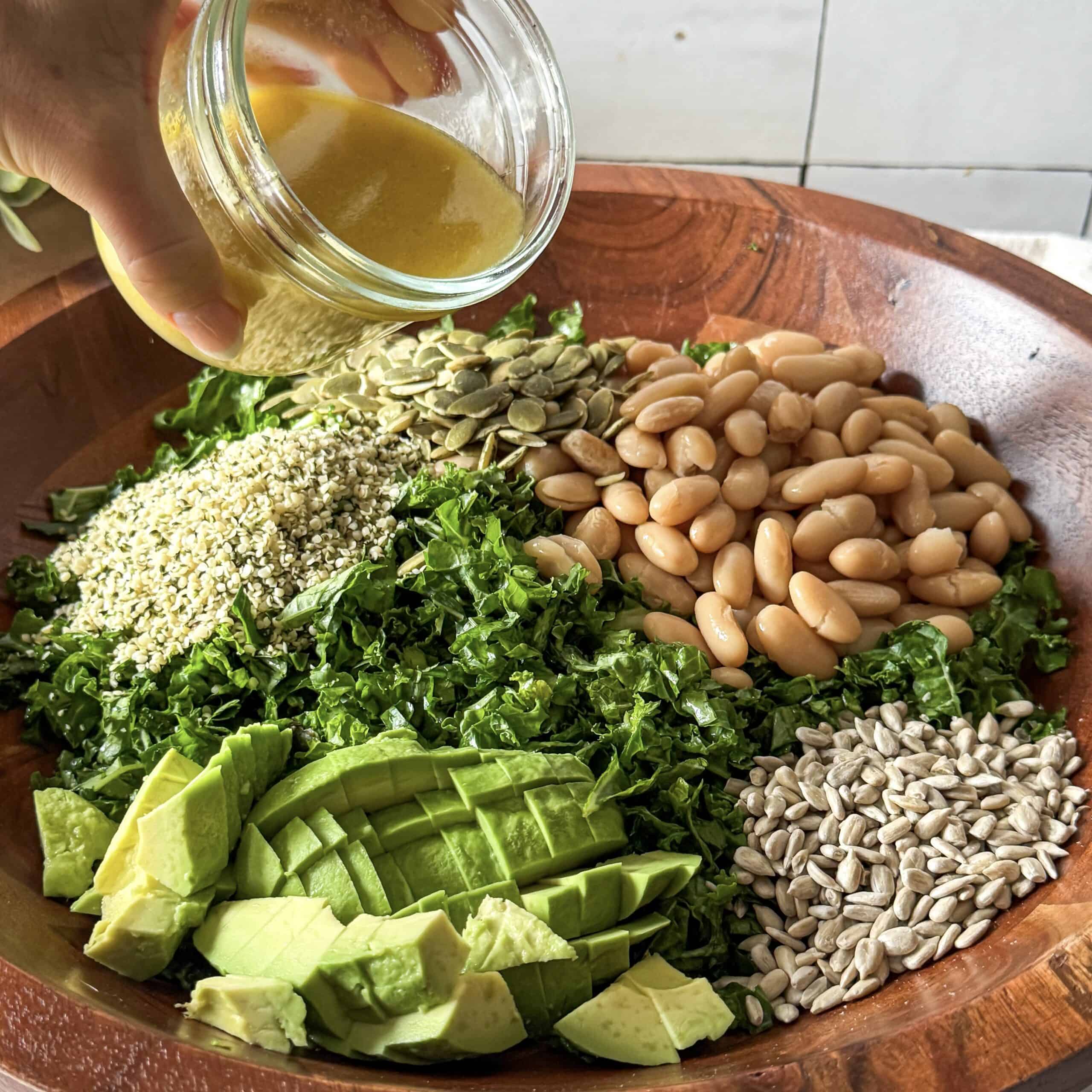
Dietitian Tip: One of the best ways to ensure you'll eat (and enjoy!) your vegetables is to make sure they taste great by choosing combinations that pair well together. And my secret weapon to convert any veggie-hater into a lover is to add a great sauce or dressing. Making a homemade dressing that contains nutrient-rich ingredients like the Lemon Dijon Dressing used in this Kale White Bean Salad is a double win: flavor + nutrition. 😊
Grab the recipe for White Bean Kale Salad
Red Cabbage Soup
I'm all about nutrient-rich recipes around here and this Red Cabbage Soup is one of my favorites when I want more plants! If you're like me and looking for delicious healthy recipes and something to do with a leftover half a head of cabbage, this recipe is for YOU. 😊
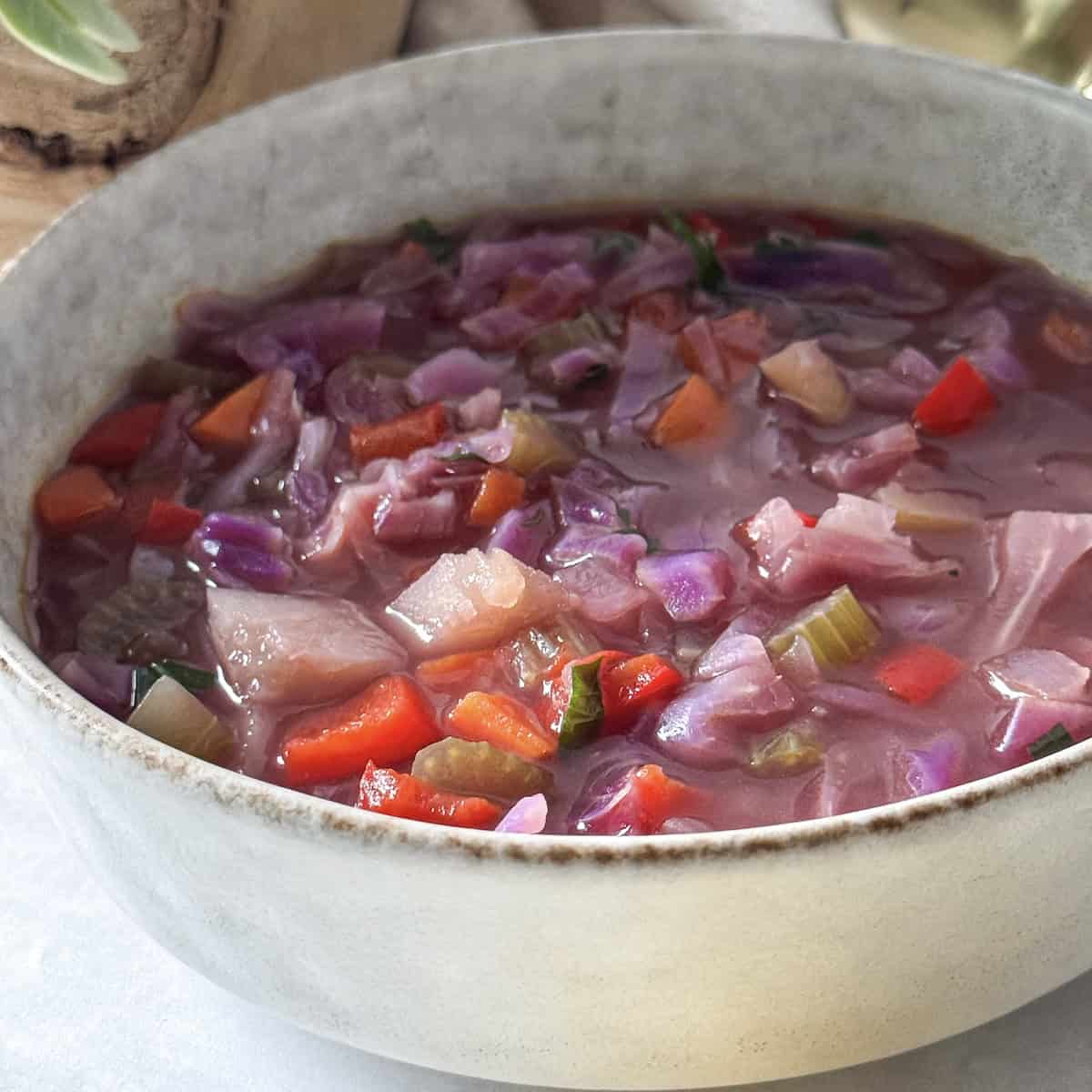
Dietitian Tip: If you're looking for an easy way to add creaminess to soups without adding heavy cream, use pureed beans! Beans and legumes are high in fiber for a healthy gut and contain plant protein. They also contain B vitamins that have been shown to support brain health. Plus, they add great flavor and texture to recipes like this Red Cabbage Soup!
Grab the recipe for Red Cabbage Soup
In Conclusion
Using seasonal fruits and vegetables is a great way to nourish your body, protect the planet, and support local farmers and businesses in your community. In February in North America, it's a great time to buy local produce for healthy recipes to give your nutrition a good start at the beginning of the year!
Whether you shop at local farmers' markets, local grocery stores, or online market, look for some of these fruits and vegetables that are in season in January and get in the kitchen to try out a new recipe! 😊
And remember, if you live in a place without access to seasonal produce, getting the nourishment you need comes first. Eating frozen or canned fruits and vegetables are a great way to add nutrition to your daily intake, too.
References: Texas Real Food, Texas Farmers Market, Farm to Table TX, University of Maryland Medical System, Seasonal Food Guide, WebMD
Looking for More Seasonal Produce Guides?
Here are some you may enjoy!
Looking for more dietitian recipes?
Here are some you may enjoy!










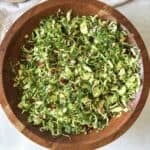
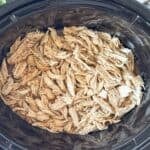

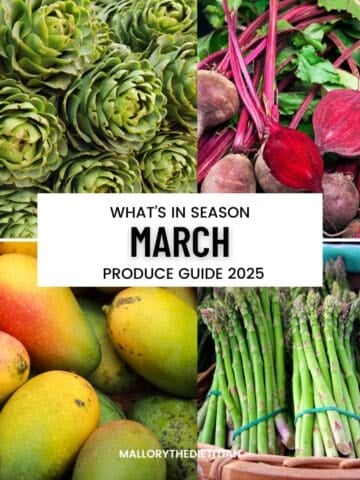
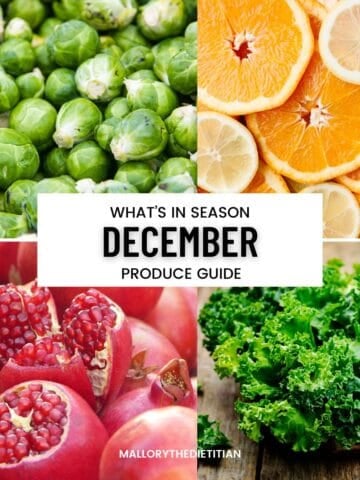
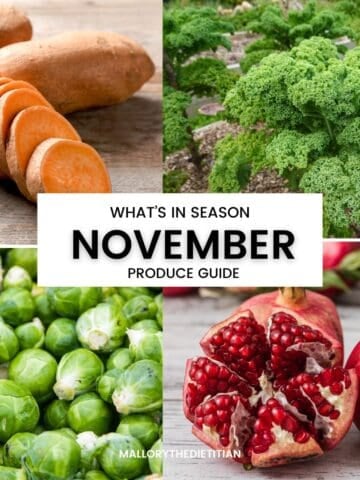

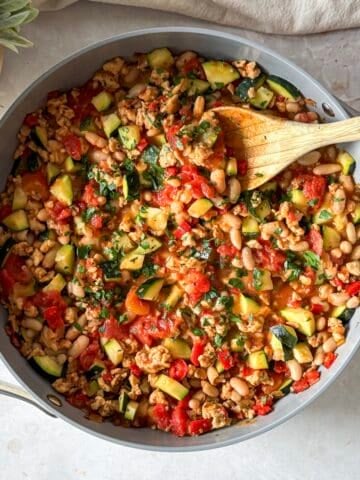


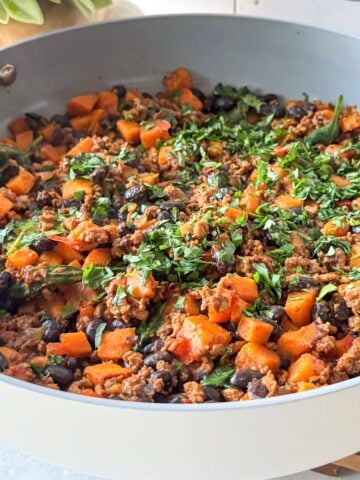
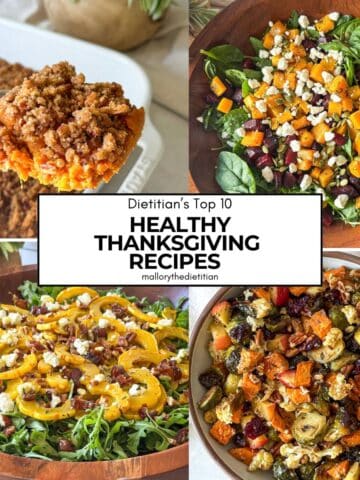



Comments
No Comments